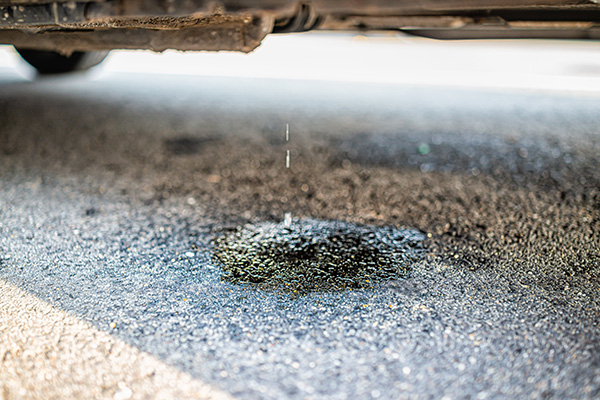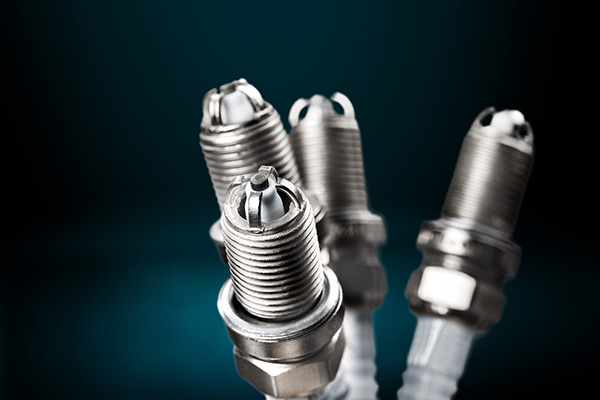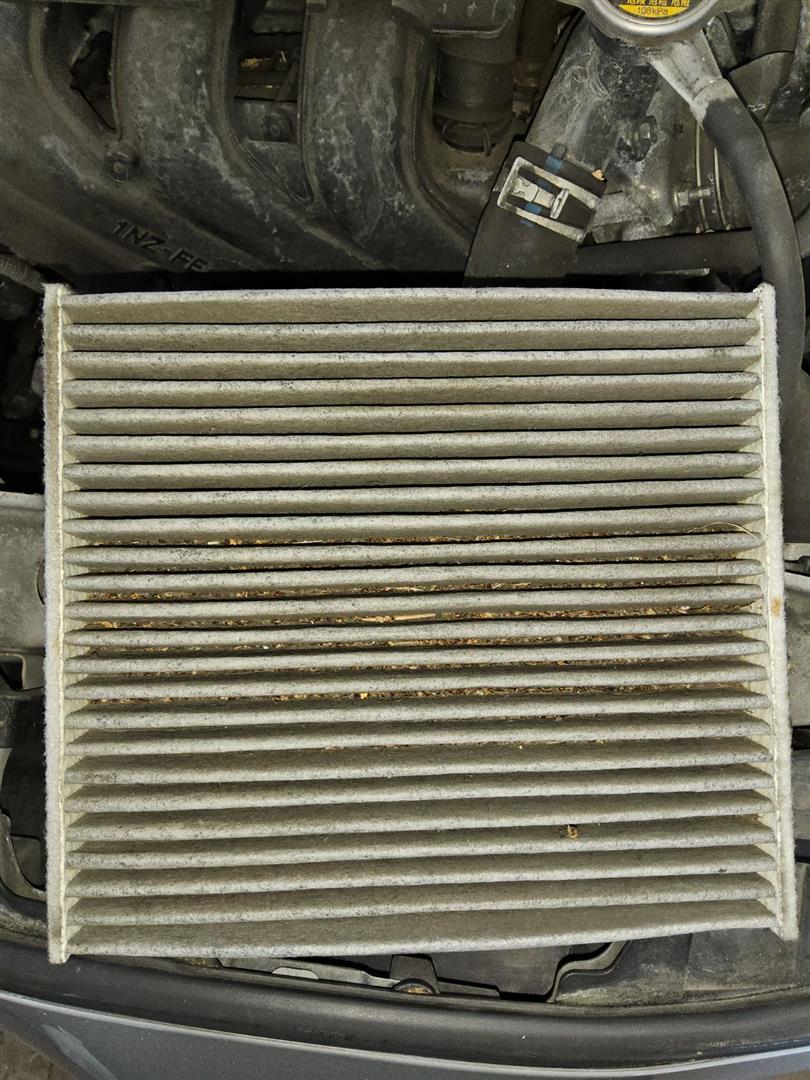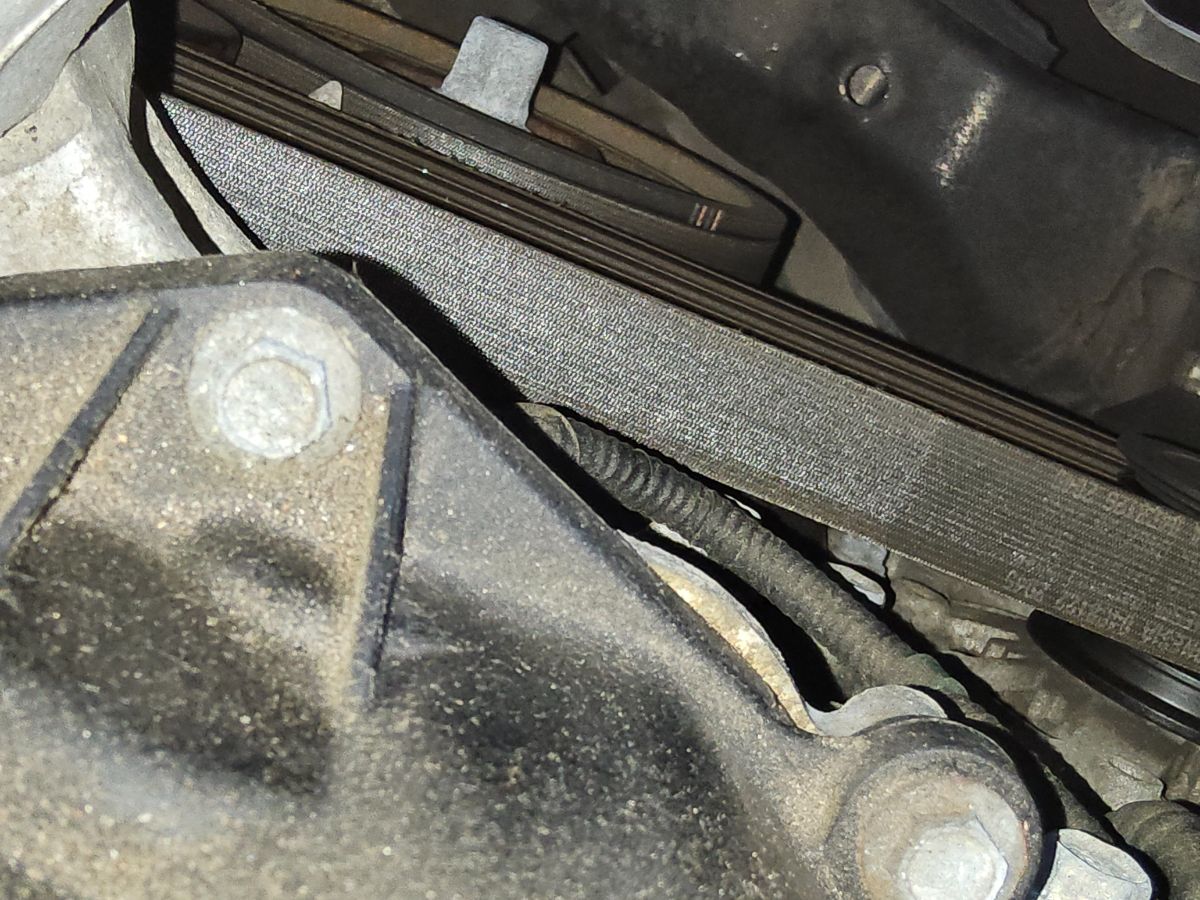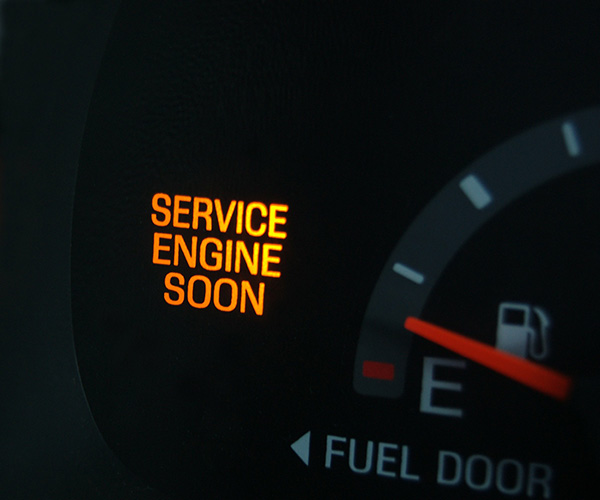
Driving in wet conditions can present numerous challenges, with one of the most dangerous being hydroplaning. This phenomenon occurs when your vehicle loses traction with the road surface due to a thin layer of water between the tires and the road. Understanding how hydroplaning occurs and knowing how to react can help you stay safe on wet roads.
What Is Hydroplaning?
Hydroplaning is a phenomenon that occurs when a thin layer of water accumulates between the tires of a vehicle and the road surface, causing a loss of traction and control. This loss of traction can occur when driving at high speeds in wet conditions, especially during heavy rain or when water accumulates on the road surface faster than it can drain away. As the tires encounter the water, they may lose contact with the road, leading to a feeling of floating or sliding.
Several factors can contribute to hydroplaning, including:
- Speed: Driving too fast for road conditions increases the risk of hydroplaning, as the tires are unable to effectively displace water from the road surface at higher speeds.
- Tire Tread Depth: Worn or bald tires are more prone to hydroplaning, as they lack sufficient tread depth to channel water away from the tire contact patch.
- Water Depth: Hydroplaning is more likely to occur in areas where water accumulates on the road surface, such as puddles, standing water, or areas with poor drainage.
- Road Surface Condition: Uneven road surfaces, ruts, and grooves can exacerbate hydroplaning by trapping water and preventing proper tire contact with the road.
Signs of Hydroplaning
Knowing the warning signs of hydroplaning can help you react quickly and safely in a hydroplaning situation. Look out for the following indicators:
- Loss of Steering Response: If your steering suddenly feels light or unresponsive, it could be a sign that your vehicle is hydroplaning.
- Increased Engine RPM: A sudden increase in engine RPM without a corresponding increase in vehicle speed may indicate that your tires are spinning on a wet road surface.
- Reduced Traction: You may feel your vehicle sliding or drifting, especially when attempting to steer or brake.
What to Do When Your Vehicle Hydroplanes
If you find yourself hydroplaning, remain calm and follow these essential steps:
- Ease Off the Accelerator: Release the accelerator pedal to allow your vehicle to decelerate gradually.
- Avoid Sudden Movements: Refrain from making abrupt steering or b raking inputs , as this could worsen the hydroplaning situation.
- Maintain a Steady Course: Keep your steering wheel straight and avoid making sudden corrections until your tires regain traction with the road surface.
- Gently Apply Brakes: If necessary, apply gentle pressure to the brake pedal to slow down gradually. Avoid slamming on the brakes, as this could cause your vehicle to skid.
- Regain Control: Once your tires regain traction, you can safely resume normal driving.
Hydroplaning can be a frightening experience, but with the right knowledge and preparation, you can navigate wet roads safely. By understanding the causes and warning signs of hydroplaning and knowing how to react, you can stay in control and protect yourself and others.
Don’t forget to schedule a comprehensive inspection at Dave's Automotive to ensure your tires, brakes, and other critical components are in optimal condition. With our expertise and attention to detail, we'll help keep you safe on the road, rain or shine.





